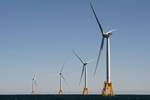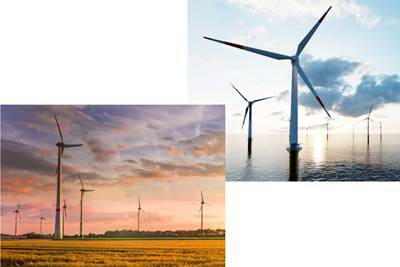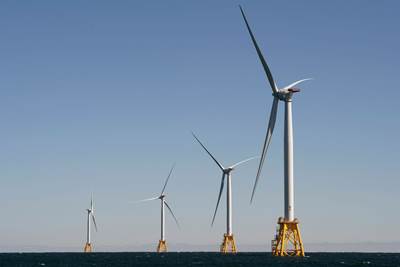Business Network for Offshore Wind releases fall events lineup
Network will host summits on ports and vessels, grids and transmissions and other events, including an annual Ventus Gala and a Business Forum in collaboration with the DOE.
Photo Credit: Getty Images
(Baltimore, Md., U.S.) has published its for offshore wind energy events. The lineup includes new network events focused on key industry sectors, from ports and vessels to grid and transmission. Other in-person events include an Offshore Wind Business Forum as part of the Department of Energy’s (DOE’s) Global Clean Energy Action Forum and the second annual Ventus Gala, a premier celebration of offshore wind.
A preview of the fall 2022 network events (from September to December 2022) are as follows:
Sept. 26-30, 2022 (Hamburg, Germany)
The Business Network is leading a delegation of U.S. companies, organizations and government officials to Hamburg, Germany, as part of its Global Gateway program, which is supported by the U.S. Department of Commerce. Participants will attend WindEnergy Hamburg, where they will have the opportunity to meet with international companies to discuss how to export their products/services abroad as well as find ways to partner in order to grow the U.S. supply chain. Network CEO Liz Burdock will speak to World Bank Group attendees on Monday, followed by a co-hosted Networking Reception. As part of WindEnergy Hamburg on Wednesday, she will address media at a press briefing organized by German-based Network for Offshore Wind () and speak to German and U.S. companies on cross collaboration and supply chain needs. On Thursday, Melinda Skea, the Network’s vice president of public affairs will lead a panel discussion: “Spotlight Market – USA.”
Nov. 9-10, 2022 (Charleston, S.C., U.S.)
Connecting 30 GW of wind energy to the electric grid is one of the biggest challenges — and supply chain opportunities — facing the U.S. offshore wind industry. The Summit will address topics such as subsea cable installation, shared grid ownership, underwater mapping, cable landings and shoreside substations are a few of the infrastructure requirements needed to realize the federal 2030 energy goal. (Host sponsor .)
Related Content
Polar Technology develops innovative solutions for hydrogen storage
Conformable “Hydrogen in a Box” prototype for compressed gas storage has been tested to 350 and 700 bar, liquid hydrogen storage is being evaluated.
Read MorePlant tour: Hexagon Purus, Kassel, Germany
Fully automated, Industry 4.0 line for hydrogen pressure vessels advances efficiency and versatility in small footprint for next-gen, sustainable composites production.
Read MoreInfinite Composites: Type V tanks for space, hydrogen, automotive and more
After a decade of proving its linerless, weight-saving composite tanks with NASA and more than 30 aerospace companies, this CryoSphere pioneer is scaling for growth in commercial space and sustainable transportation on Earth.
Read MoreComposites end markets: Batteries and fuel cells (2024)
As the number of battery and fuel cell electric vehicles (EVs) grows, so do the opportunities for composites in battery enclosures and components for fuel cells.
Read MoreRead Next
North Sea countries target 260 GW of offshore wind energy; onshore wind shows reduced CO2 in U.S.
Nine EU countries agree to increased installations by 2050 for reduced CO2, a goal proven by a U.S. energy report, citing highest reductions in wind belt states.
Read MoreNew initiatives launched to expand U.S. offshore wind energy
The White House announced a new goal of 15 GW floating offshore wind energy by 2035, and new R&D funding and programs.
Read MoreUltrasonic welding for in-space manufacturing of CFRTP
Agile Ultrasonics and NASA trial robotic-compatible carbon fiber-reinforced thermoplastic ultrasonic welding technology for space structures.
Read More












